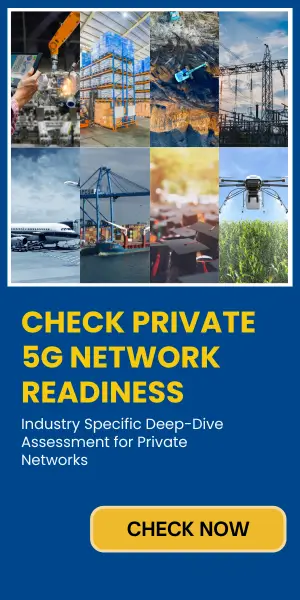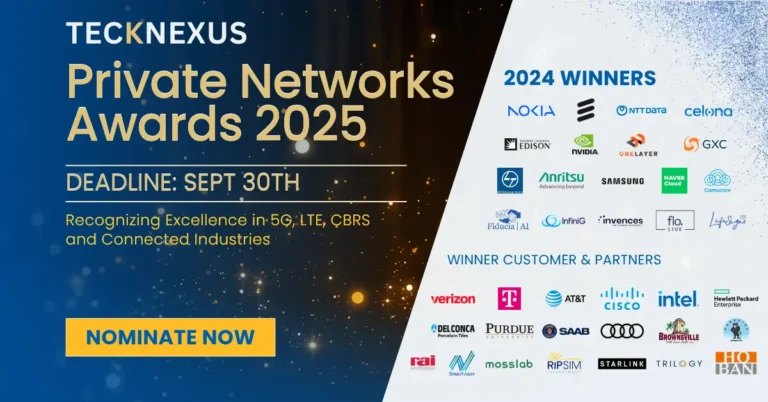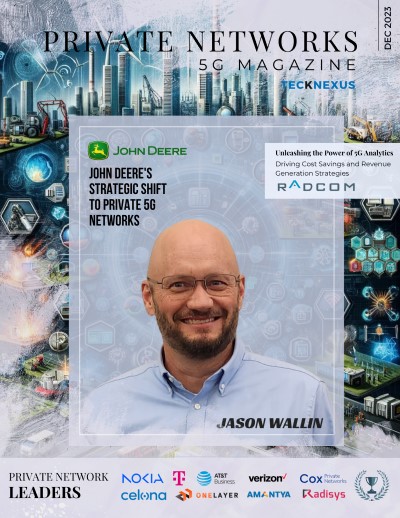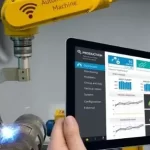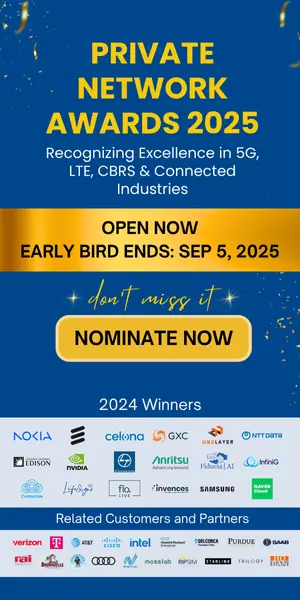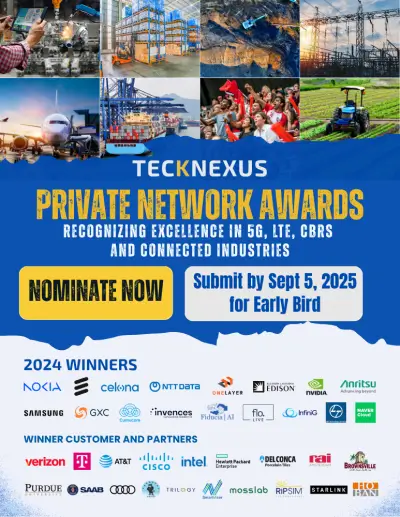Vodafone Spain is deploying a private 5G network at the Muga sylvinite (potash) mine in Navarra. The project, in collaboration with Geoalcali, part of Highfield Resources, will enhance connectivity, automation, and safety in underground mining.
The Muga Project, targeting shallow sylvinite beds at 350 meters depth, is designed for low-cost, conventional mining. With continuous miners, roadheaders, and conveyors, the 5G-enabled mine will support over 1,000 workers during construction and 800 employees during operation.
Key Connectivity Challenges in Underground Mining
Mining environments present significant connectivity challenges, including:
- Deep underground operations with limited traditional network coverage.
- Remote machinery operation requiring low-latency connectivity.
- Harsh working conditions demanding rugged, reliable communication systems.
- High workforce mobility, requiring seamless voice and data access.
How Vodafone’s Private 5G Network Transforms Muga Potash Mine
Vodafone Spain is implementing a 5G private network to address these challenges. The solution includes:
- Reliable underground connectivity: Workers can communicate via voice and data, even in remote areas.
- Push-to-Talk (PTT) solutions: Enabling instant communication for teams.
- Machine connectivity: Mobile equipment and IoT devices will operate seamlessly in real time.
- Real-time data access: Operators will monitor critical mine operations with low-latency.
The network will integrate redundant connectivity links and fiber-optic access, ensuring uninterrupted, high-reliability communication.
Proven Benefits of Private 5G in the Mining Industry
Several mining operations globally have already leveraged private 5G to enhance productivity and safety. Similar digital mine initiatives have resulted in:
- 30% increase in operational efficiency through automation.
- 40% reduction in safety incidents due to real-time monitoring.
- Significant cost savings via predictive maintenance and connected asset management.
Why 5G is the Best Technology for Mining Operations
Vodafone’s 5G private network provides:
- Ultra-reliable low-latency communication (URLLC): Essential for remote-controlled mining operations.
- Massive Machine-Type Communication (mMTC): Supports hundreds of IoT sensors for monitoring and automation.
- High-speed connectivity: Enables digital twins, AI-powered analytics, and drone-based inspections.
How Private 5G Enhances Safety, Efficiency & Automation in Mining
1. Enhanced Safety and Communication
- Continuous real-time monitoring of personnel and equipment.
- Automated alert systems to prevent accidents.
- Seamless voice and data connectivity underground.
2. Increased Operational Efficiency
- Remote-controlled machinery reduces the need for on-site operators in hazardous areas.
- Process automation improves extraction and material transport.
- AI-driven analytics optimize resource management.
3. Advanced Digitalization and Security
- Surveillance and access control using 5G-powered video monitoring.
- Digital twins for real-time mine modeling.
- Active monitoring with drones for aerial inspections.
The Future of Mining: How 5G is Revolutionizing the Industry
This deployment is a milestone for Spain’s mining industry, setting a precedent for:
- Scalable 5G solutions in underground environments.
- Industry-wide adoption of automation and AI in mining.
- Improved sustainability through optimized resource management.
Vodafone’s Commitment to Driving 5G Adoption in Spain
Vodafone Spain is driving 5G adoption across key industrial sectors. The company has:
- Led private 5G network deployments for manufacturing, logistics, and healthcare.
- Provided high-reliability, secure networks for mission-critical applications.
- Partnered with key industries to support digital transformation.
Geoalcali’s Vision for a Digitally-Driven Mining Industry
Geoalcali, through its parent company Highfield Resources, is:
- Committed to leveraging 5G for mining innovation.
- Aiming for a fully digital, automated mining operation.
- Focused on job creation and regional economic growth.
What’s Next for 5G in Mining? Future Plans & Expansion
The 5G private network deployment at Muga Mine is set for completion in the coming months. Future plans include:
- Scaling 5G connectivity across other Highfield Resources projects.
- Extending automation with AI-driven robotics and predictive maintenance.
- Expanding use cases for digital twins and IoT-based safety systems.
What Experts Say About Vodafone’s 5G Mining Network
Jesús Suso, Director of Vodafone Empresas “The implementation of this private 5G network reinforces our commitment to innovation and digital transformation in Spain. This project demonstrates how technology can transform key industrial sectors, improving both safety and operational efficiency.”
Ignacio Salazar, CEO of Geoalcali “We are delighted to collaborate with Vodafone on this implementation. This project highlights the potential of 5G in mining and creates new economic opportunities.”
Vodafone Spain’s private 5G network at the Muga Potash Mine marks a significant technological advancement for mining operations. This initiative enhances safety, efficiency, and digitalization, setting a benchmark for future smart mining projects in Spain and beyond.
With this deployment, Vodafone continues to lead Spain’s digital transformation, bringing 5G connectivity to critical industries and unlocking new technological frontiers.

